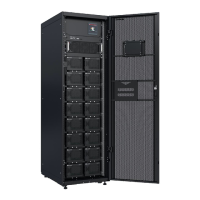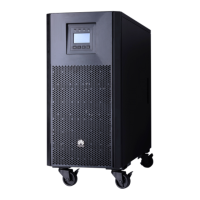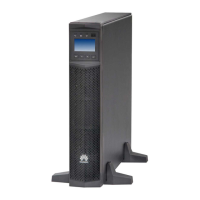Table 5-5 Mapping between sealing plugs and cable specications
Gland Model Sealing Plug to Be Removed Supported Cable
Diameter
(Including the
Insulation Layer,
Unit: mm)
Recommended Cable
Size (Unit: mm
2
)
M40 (10–32) Innermost layer (white stopper
plug)
10–16 -
Innermost layer (white stopper
plug), second-to-last layer (red)
16–22 70, 95, 120
The single-core 90°C-resistant exible copper cable is used as an example in the table to illustrate
which sealing plugs need to be removed. The sealing plugs to be removed depend on the actual
cable diameter (including the insulation layer). Remove sealing plugs only when necessary.
Otherwise, the sealing performance will be aected.
Step 3 Reinstall the sealing plugs. (The rubber plugs must be completely inserted into the
gland to facilitate the reinstallation of the gland nut.)
Step 4 Reinstall the gland nut with a torque of 8 N·m.
----End
5.6.3 Installing Power Cables
7+7, 7+0, 8+8, and 8+0 scenarios: If the load of a single battery cabinet is greater
than 250 kW and less than or equal to 300 kW, select a 240 mm
2
cable without
setting the circuit breaker. If the load of a single battery cabinet is greater than
200 kW and less than or equal to 250 kW, set I1 to the MED position and select a
185 mm
2
cable. If the load of a single battery cabinet is less than or equal to 200
kW, set I1 to the MIN position and select a 150 mm
2
cable.
6+6 and 6+0 scenarios: If the load of a single battery cabinet is greater than 210
kW and less than or equal to 250 kW, select a 240 mm
2
cable without setting the
circuit breaker. If the load of a single battery cabinet is greater than 170 kW and
less than or equal to 210 kW, set I1 to the MED position and select a 185 mm
2
cable. If the load of a single battery cabinet is less than or equal to 170 kW, set I1
to the MIN position and select a 150 mm
2
cable.
SmartLi 3.0
User Manual (Short-Term Backup Power) 5 Installation and Cable Connection
Issue 10 (2024-01-31) Copyright © Huawei Digital Power Technologies Co., Ltd. 73

